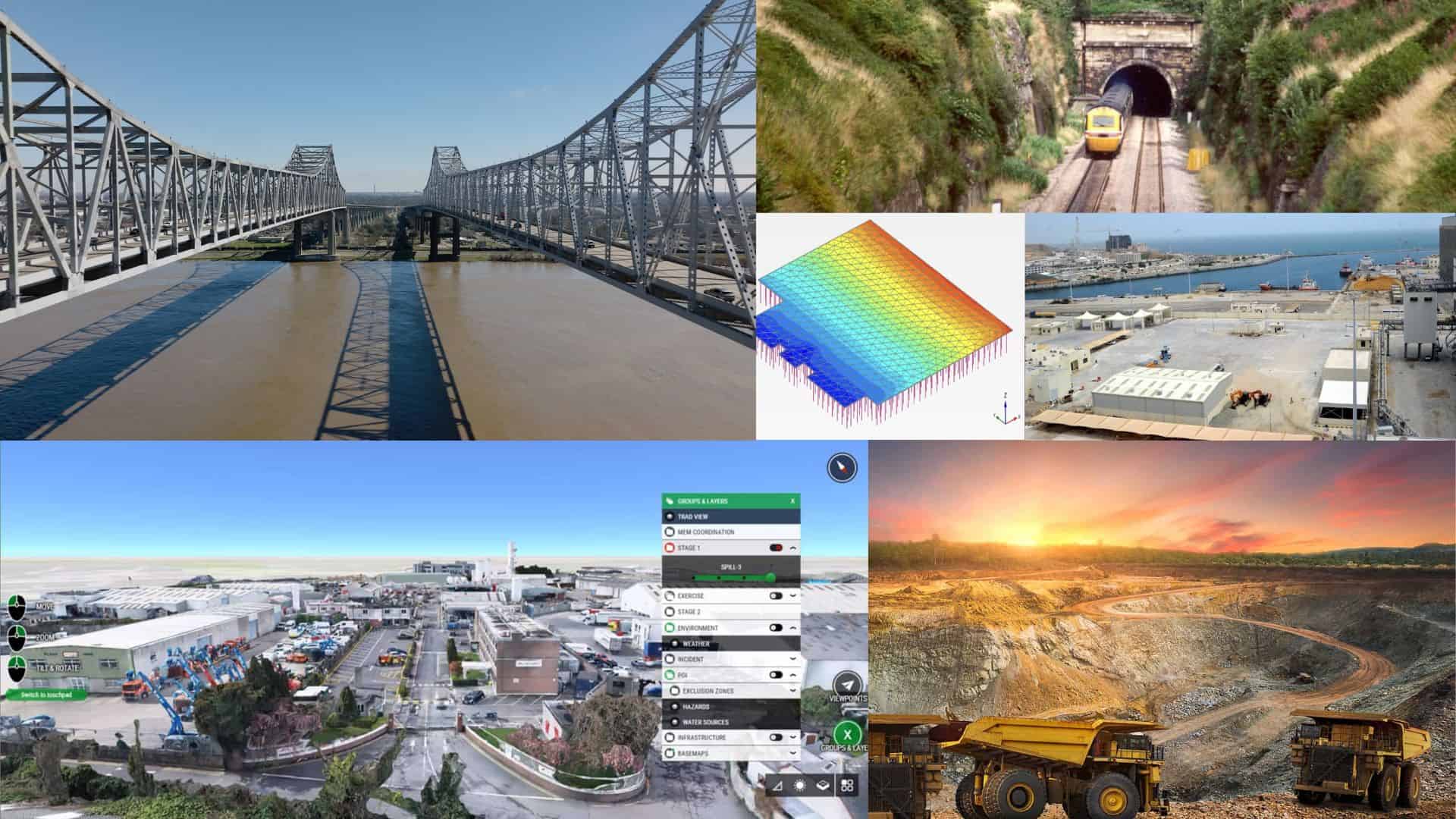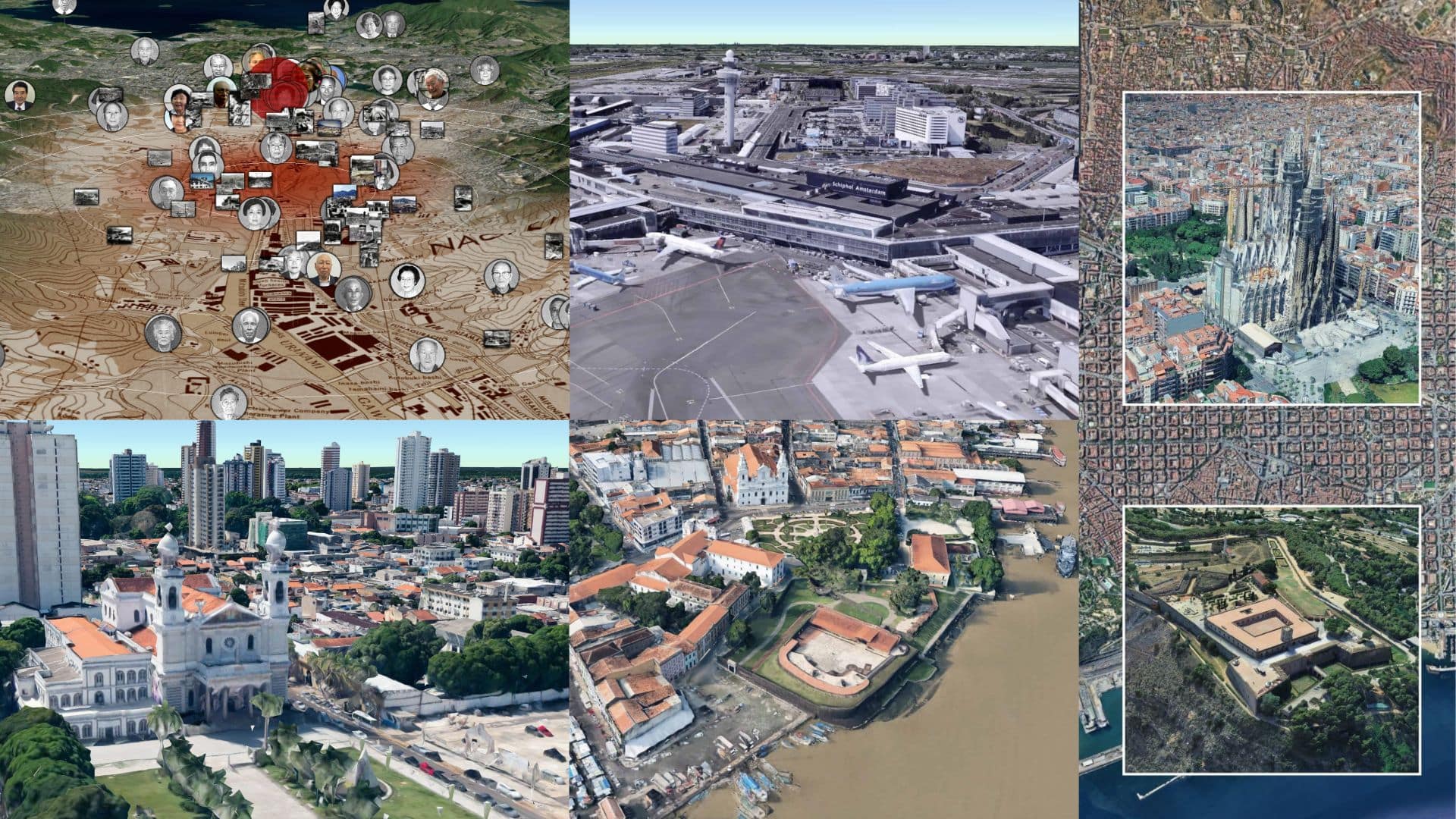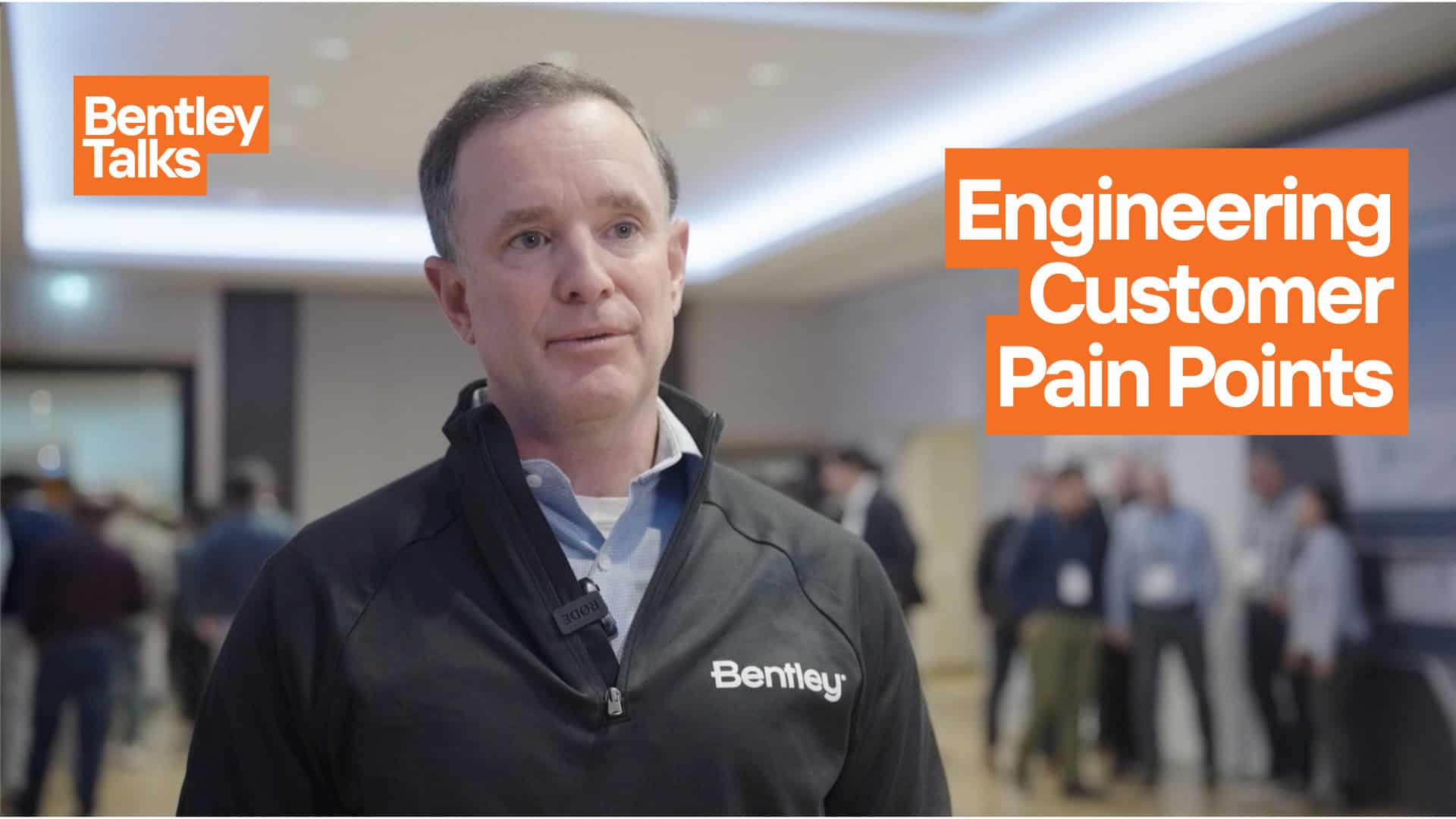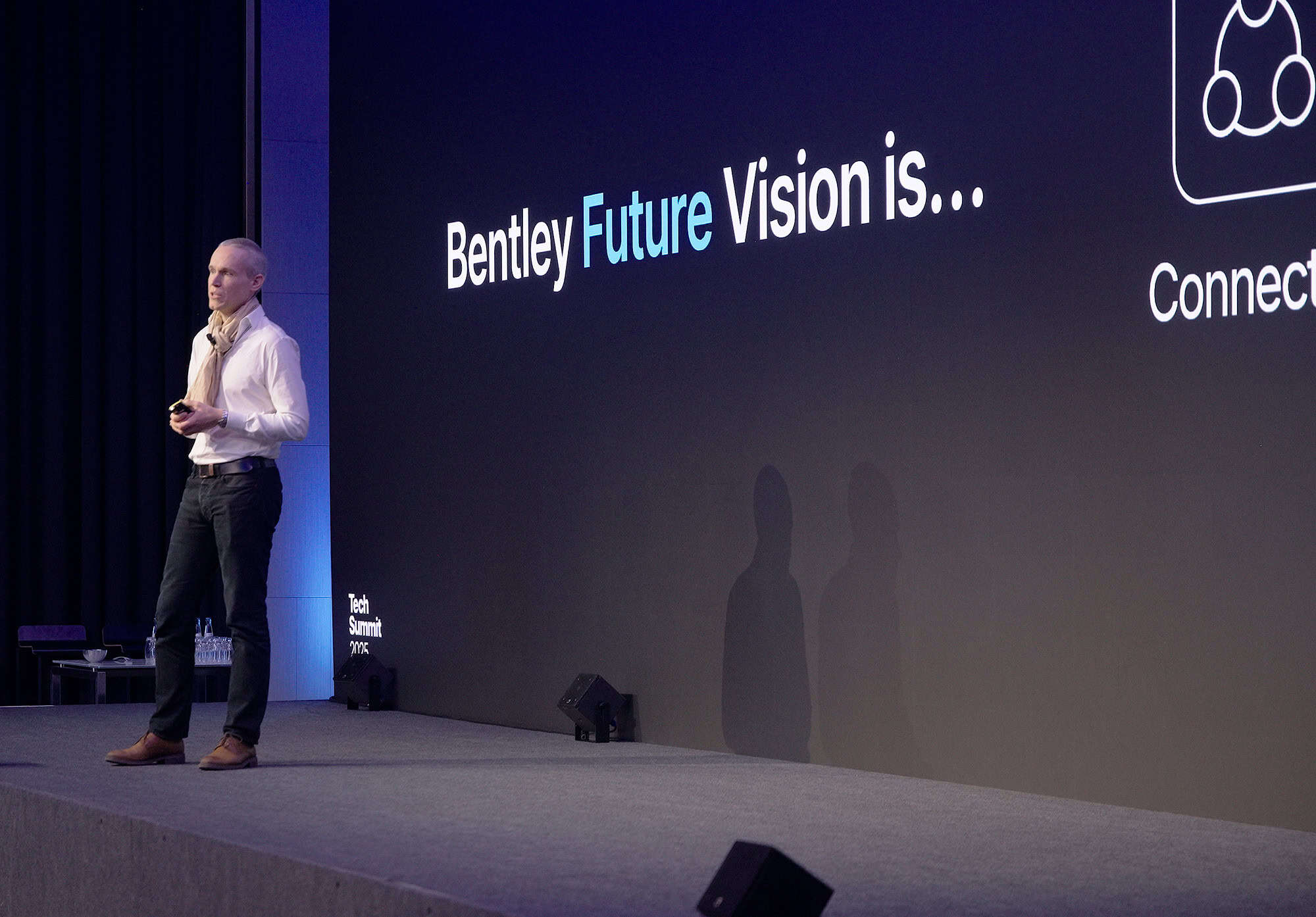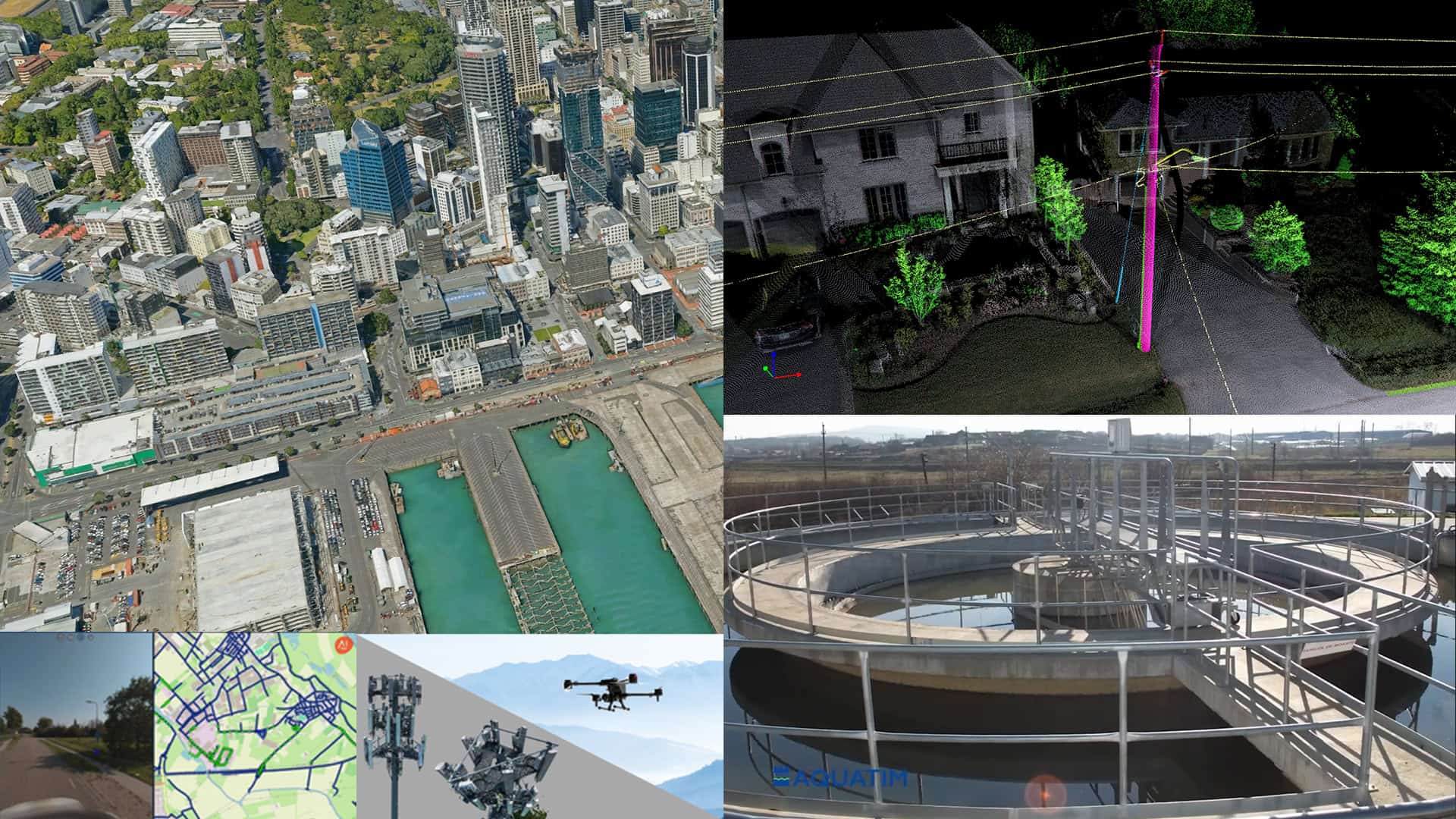Every galaxy has one and so does, in a way, every neighborhood.
Astronomers call them black holes; drivers call them bottlenecks. They are areas always choked with traffic, places where time warps and flows like molasses, especially if you are on your way to an important meeting. But there might be a way out.
Steve Patterson has an idea for using artificial intelligence to change the laws of motion in his corner of the universe: the charming college town of Athens, Ohio, nestled in the Appalachian foothills where he serves as mayor. Patterson is exploring a system powered by AI to manage traffic lights along a highly congested retail corridor in Athens.
“We have these ebbs and flows,” he said, noting that traffic depends on whether students are in town. “This system will be able to monitor that and learn from what is happening during the summer months, versus in September to May when our volume significantly increases.”
Patterson is also looking at using AI to manage the town’s EV chargers to reduce “range anxiety,” monitor power lines to prevent outages and do other valuable tasks. He spoke about his plans this week in Washington, D.C., at , an event sponsored by Bentley Systems, an engineering infrastructure software company. His panel, titled Intelligent Infrastructure, AI, and Connecting a Built Environment, included Eileen Higgins, commissioner for Miami-Dade County in Florida and chair of the Transportation Committee at the National Association of Counties; Jeremey Shaffer, vice president for government relations at Bentley; and David Gifford, head of policy at Sidewalk Infrastructure Partners.
The event took place at the U.S Chamber of Commerce on May 14, during Infrastructure Week, an annual event focusing on raising awareness about the importance of infrastructure and improvements in the ways we run our transit, transportation, energy, water, and other systems. The panel addressed the latest developments in AI for infrastructure, including infrastructure digital twins, data gathering, public-private partnerships, innovation and jobs training, and other topics.
Echoing Mayor Patterson’s ideas for Athens, Commissioner Higgins said Miami has also been looking at AI to study bus routes, improve public transportation, and even predict problems and redesign streets and intersections to avoid accidents. Apps that can already detect locations where drivers are braking hard could help derisk roads, for example.
“You send somebody out there, and oh, the stop sign is hidden by a tree,” she said. A simple pruning job can fix the problem.
Much of the AI innovation in public infrastructure comes from partnerships with private companies. “We’ve been working with AI for many years,” said Bentley’s Shaffer.
 Panelists from left to right: Jeremy Shaffer, Vice President, Bentley Systems; Steve Patterson, Mayor of Athens, OH, Second Vice President of the National League of Cities (NLC); Eileen Higgins, Commissioner, Miami-Dade County, Fla. Chair, Transportation Committee, National Association of Counties; David Gilford, Head of Policy, Sidewalk Infrastructure Partners. Courtesy of United for Infrastructure.
Panelists from left to right: Jeremy Shaffer, Vice President, Bentley Systems; Steve Patterson, Mayor of Athens, OH, Second Vice President of the National League of Cities (NLC); Eileen Higgins, Commissioner, Miami-Dade County, Fla. Chair, Transportation Committee, National Association of Counties; David Gilford, Head of Policy, Sidewalk Infrastructure Partners. Courtesy of United for Infrastructure.Building on the advances in AI, machine learning, data gathering – including sensors and drones – cloud computing and other fields, Bentley engineers have developed infrastructure digital twins, which are virtual representations of roads, power grids, water and sewer systems, buildings and even cities. By incorporating real-time data into its digital models, Bentley can offer a comprehensive and accurate representation of infrastructure usage and help users get the most out of their roads, bridges, and other critical infrastructure.
Starting with architects and designers, the digital twin can seamlessly connect a project from an idea to planning, construction, project delivery and operations.
“AI serves as a catalyst for productivity in a sector often burdened by resource constraints and historical backlogs, providing a pathway to enhanced efficiency,” says Julien Moutte, Bentley’s chief technology officer.
Shaffer said Bentley digital twins are helping users operate roads, bridges, and the grid, and even spot leakage from underground water systems. “Anywhere from 20 to 30% of the water that’s put into the system is lost and unbillable,” Shaffer said. “When you are able then to utilize AI to see where some of those losses are occurring and fix them, you are helping improve your system and drive down costs.”
Higgins said it’s important that municipal workers are ready for the age of AI. Her county, for example, is working with Miami College to create curriculum for county employees to study virtually and in person to get the skills they need to do their jobs.
Says Higgins: “AI is supposed to help us do that basic stuff faster. And then it has this ability, this predictive ability to have us learn from what we’ve seen and get better and faster.”


